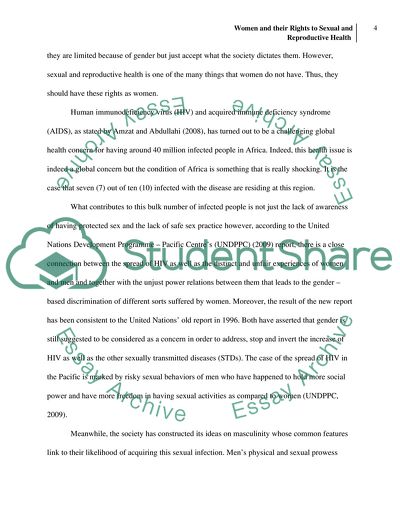Cite this document
(Women and Their Rights to Sexual and Reproductive Health Literature review, n.d.)
Women and Their Rights to Sexual and Reproductive Health Literature review. https://studentshare.org/gender-sexual-studies/1766688-love-womens-studies-research-paper
Women and Their Rights to Sexual and Reproductive Health Literature review. https://studentshare.org/gender-sexual-studies/1766688-love-womens-studies-research-paper
(Women and Their Rights to Sexual and Reproductive Health Literature Review)
Women and Their Rights to Sexual and Reproductive Health Literature Review. https://studentshare.org/gender-sexual-studies/1766688-love-womens-studies-research-paper.
Women and Their Rights to Sexual and Reproductive Health Literature Review. https://studentshare.org/gender-sexual-studies/1766688-love-womens-studies-research-paper.
“Women and Their Rights to Sexual and Reproductive Health Literature Review”. https://studentshare.org/gender-sexual-studies/1766688-love-womens-studies-research-paper.


